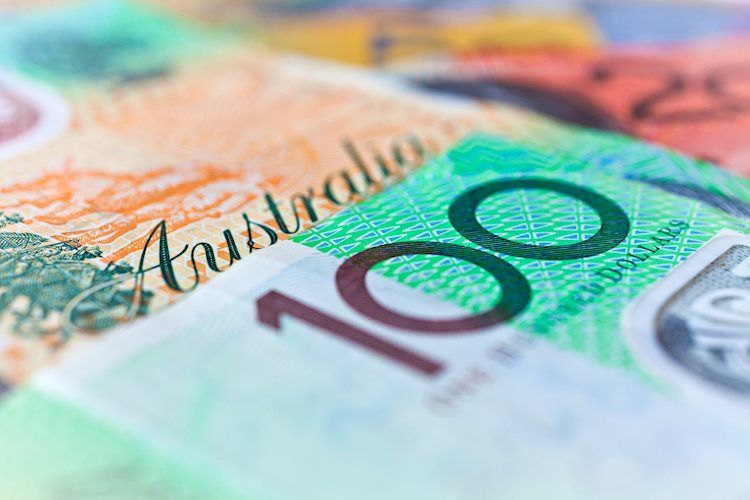The Australian Dollar saw a decline of 0.42% against the US Dollar following the RBA’s decision to maintain interest rates at 4.35% while taking on a dovish tone in its statement. This resulted in the AUD/USD trading near the day’s lows as the Asian session began on Wednesday. The decision was driven by slower-than-expected cooling inflation, causing the markets to interpret the RBA’s stance as slightly dovish. This led to a shift in the Australian Dollar’s position against the US Dollar.
Despite Wall Street closing with mixed results, the US Dollar strengthened, even as US Treasury yields fell. The RBA’s decision played a significant role in driving the movement of the AUD/USD pair. The decision to hold rates was accompanied by a change in language from the previous statement in March, acknowledging the slower pace of cooling inflation. This shift in tone was perceived as dovish by traders, prompting them to adjust their positions accordingly.
On the US front, the focus is on the Federal Reserve’s stance on interest rates. Following the FOMC’s decision to keep rates unchanged, there has been speculation about a potential rate cut in the future. Fed officials’ speeches, such as Minneapolis Fed President Neel Kashkari’s comments, have influenced market sentiment. Kashkari’s remarks about the Fed’s readiness to consider raising rates if inflation does not decrease further provided support to the Greenback.
Looking at technical analysis for AUD/USD, the pair appears to have a neutral to upward bias on the daily chart. To continue its upward movement, buyers would need to surpass the recent cycle high at 0.6667, which could lead to a rally towards 0.6700 and beyond. On the contrary, if sellers manage to push prices below the 100-day moving average at 0.6577, further losses could be expected with the next support levels at the 50-DMA at 0.6535 and the 200-DMA at 0.6515.
Overall, the RBA’s decision and the Fed’s outlook on interest rates have influenced the movement of the AUD/USD pair. Traders are closely watching for any shifts in central bank policies and economic data releases for further direction on the pair’s movement. The uncertainty surrounding inflation and interest rates in both Australia and the US has added to the volatility in the currency markets, impacting the performance of the Australian Dollar against the US Dollar.











